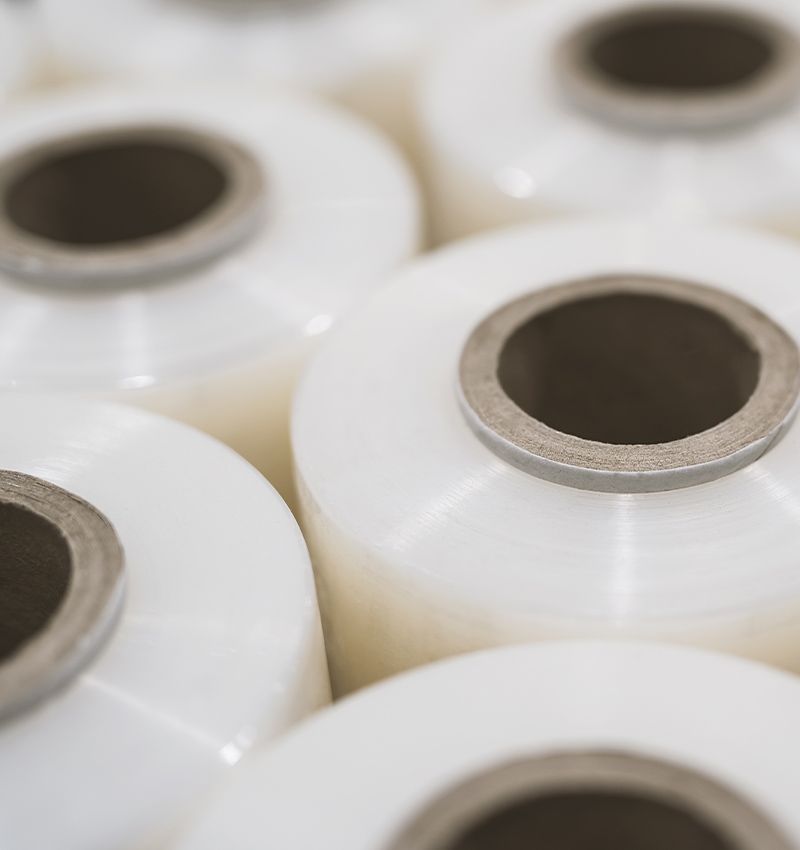What is PVC?
PVC, polyvinyl chloride, or more commonly known as vinyl, is a plastic material widely used in fabrics. In fact, it's the third most widely used type of plastic in the world. It is reputed to be tough, durable and highly malleable. It is not, however, breathable. It is composed of 2 layers: a textile base (which can be natural fibers such as cotton or synthetic fibers like polyester) to which a vinyl film is bonded. It is mainly used in boots, skirts, raincoats, ski equipment and jackets. It is also often used to simulate latex, leather or rubber.
What are the processing stages of PVC?
Polyvinyl chloride is a fabric that is industrially produced through a number of different processes. First of all, it is necessary to choose a fabric that will serve as a base for the final fabric ( this can be a fabric made of natural or synthetic fibers). This fabric must first be "prepared" by desensitizing (removing the substances that have been applied to the fibers before they are transformed into yarns), then pre-treated with a fluorinated resin so that it can properly receive the PVC coating, which is made from chlorine extracted from rock or sea salt (accounting for over 50% of its composition) and ethylene from petroleum.

Is PVC compatible with ethical and responsible fashion?
No, PVC in its current state cannot be considered compatible with ethical and responsible fashion. In fact, it's composed in part of petroleum, a non-renewable fossil fuel.
The chlorinated products that make it up pollute massively, as dangerous dioxins are released during processing. Today, thanks to European REACH regulations, PVC components are subject to strict controls. However, PVC is mainly manufactured in China, which does not have such strict rules in this area. What's more, it all depends on the fabric base on which the PVC layer will be laid. A synthetic fabric will add to the carbon footprint.
Recycling or reclaiming of PVC is underdeveloped.
So if you want a PVC garment at all costs, opt for recycled PVC whenever possible, or a PVC garment bought second-hand.
How to care for PVC
Garments made from PVC require special attention and personalized care. PVC can quickly become damaged, so care must be taken when wearing and cleaning.
First of all, when you wear your PVC garment, it's important not to rub it on abrasive surfaces that could damage it.
Then for cleaning, if the garment is not in direct contact with the skin you'll simply need to clean it with a clean, damp sponge and hang it in the open air to dissipate any unpleasant odors. You can top it all off with a fabric freshener.
On the other hand, if the garment is worn close to the body, it's best to hand-clean it with lukewarm or even cold water (around 30°). Use only a small amount of detergent and scrub gently. Take care never to wring or wring out the article.
You can also use the washing machine, but only on a delicate cycle and with the garment turned inside out. Never use a tumble dryer, as the heat may melt the garment. Lay your garments out away from sunlight or direct heat.
In the event of a stain, dampen a white cloth and rub the stain very gently with rubbing alcohol until it has completely disappeared.
Please note that PVC garments cannot be ironed, as they may melt.





